5 sci-fi concepts that are possible (in theory)
These common sci-fi tropes could one day be science fact.

Science fiction novels and movies are packed with far-out ideas, most often as the springboard for an action-packed adventure rather than a serious attempt to predict future trends in science or technology. Some of the most common tropes, such as accelerating a spacecraft to fantastic speeds in a matter of seconds without crushing the occupants , are just plain impossible according to the laws of physics as we understand them. Yet those very same laws appear to permit other seemingly far-fetched sci-fi concepts, from wormholes to parallel universes. Here's a rundown of some of the sci-fi ideas that could really be done — in theory, at least.
Wormholes

The idea of a wormhole —a shortcut through space that allows almost instantaneous travel between distant parts of the universe — sounds like it was created as a fictional story-driver. But under its more formal name of an Einstein-Rosen bridge, the concept has existed as a serious theoretical concept long before sci-fi writers got hold of it. It comes out of Albert Einstein's theory of general relativity, which views gravity as a distortion of space-time caused by massive objects. In collaboration with physicist Nathan Rosen, Einstein theorized in 1935 that points of extremely strong gravity, such as black holes, could be directly connected with each other. And so the idea of wormholes was born.
The forces around a black hole would destroy anyone that came close to it, so the idea of actually traveling through a wormhole wasn't given serious consideration until the 1980s, when astrophysicist Carl Sagan decided he was going to write a sci-fi novel. According to the BBC, Sagan encouraged fellow physicist Kip Thorne to come up with a feasible way to travel interstellar distances in a flash. Thorne duly devised a way — possible in theory, but highly improbable in practice — that humans might achieve interstellar travel by traversing a wormhole unscathed. The result found its way into Sagan's novel "Contact" (Simon and Schuster: 1985) which was subsequently adapted into a film with Jodie Foster in the lead role.
While it's highly unlikely that wormholes will ever become the simple and convenient methods of transportation portrayed in movies, scientists have now come up with a more viable way to construct a wormhole than Thorne's original suggestion. It's also possible that, if wormholes already exist in the universe, they could be located using the new generation of gravitational-wave detectors.
Warp drive
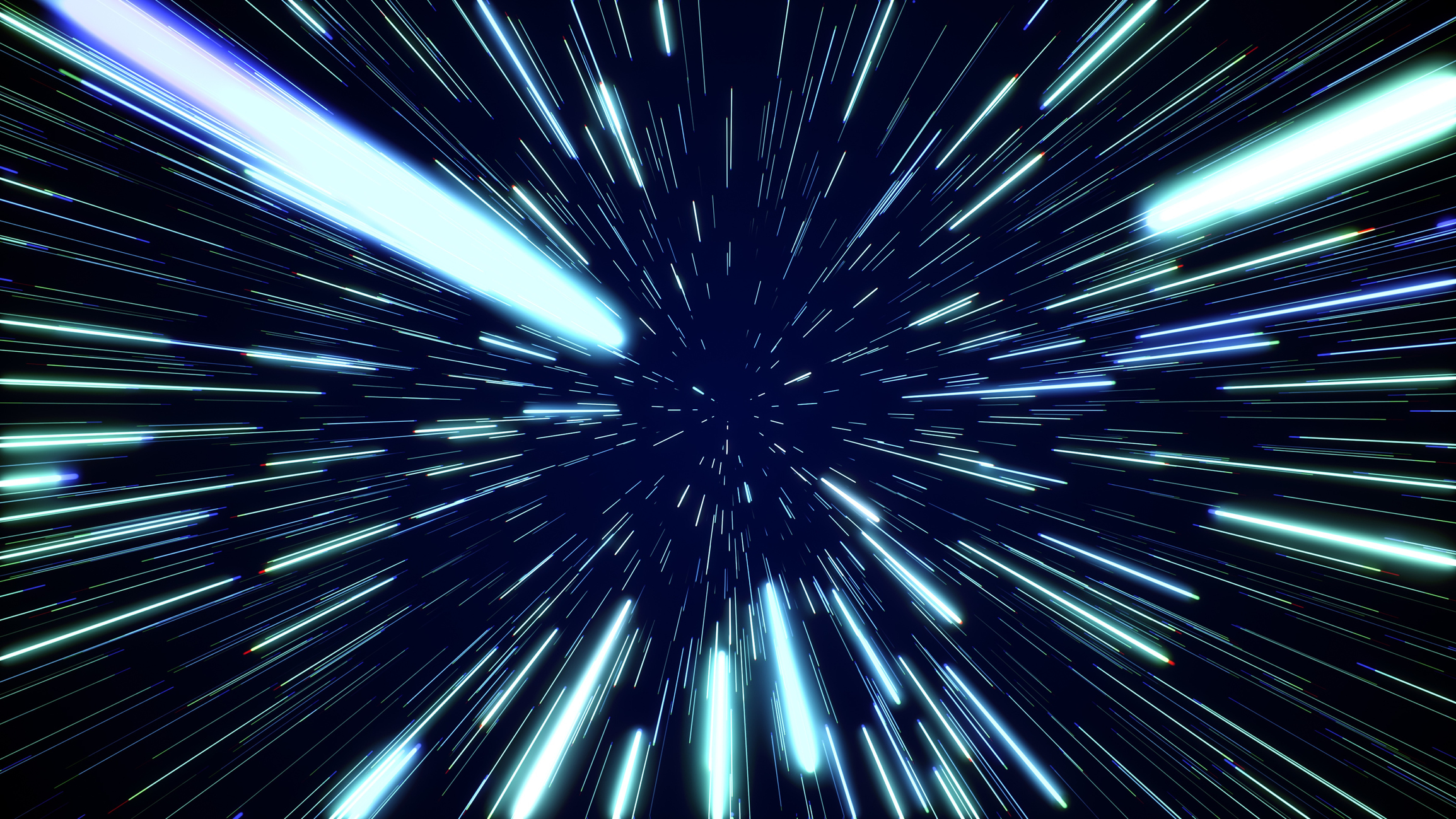
An essential prerequisite for most space-based adventure stories is the ability to get from A to B much faster than we can today. Wormholes aside, there are multiple stumbling blocks to achieving this with a conventional spaceship. There's the enormous amount of fuel required, the crushing effects of acceleration, and the fact that the universe has a strictly imposed speed limit. This is the speed at which light travels — precisely one light-year per year, which in a cosmic context isn't very fast at all. Proxima Centauri, the second-closest star to Earth, is 4.2 light-years from the sun, while the center of the galaxy is a whopping 27,000 light-years away.
Fortunately, there's a loophole in the cosmic speed limit: It only dictates the maximum speed we can travel through space. As Einstein explained, space itself can be distorted, so perhaps it's possible to manipulate the space around a ship in such a way as to subvert the speed limit. The spaceship would still travel through the surrounding space at less than the speed of light, but the space itself would be moving faster than that.
This was what the writers of "Star Trek" had in mind when they came up with the concept of a "warp drive" in the 1960s. But to them it was just a plausible-sounding phrase, not real physics. It wasn't until 1994 that theoretician Miguel Alcubierre found a solution to Einstein's equations that produced a real warp drive effect, Live Science's sister site Space.com reported, contracting space in front of a spaceship and expanding it to the rear. To start with, Alcubierre's solution was no less contrived than Thorne's traversable wormhole, but scientists are attempting to refine it in the hope that it might one day be practical.
Get the Space.com Newsletter
Breaking space news, the latest updates on rocket launches, skywatching events and more!
Time travel
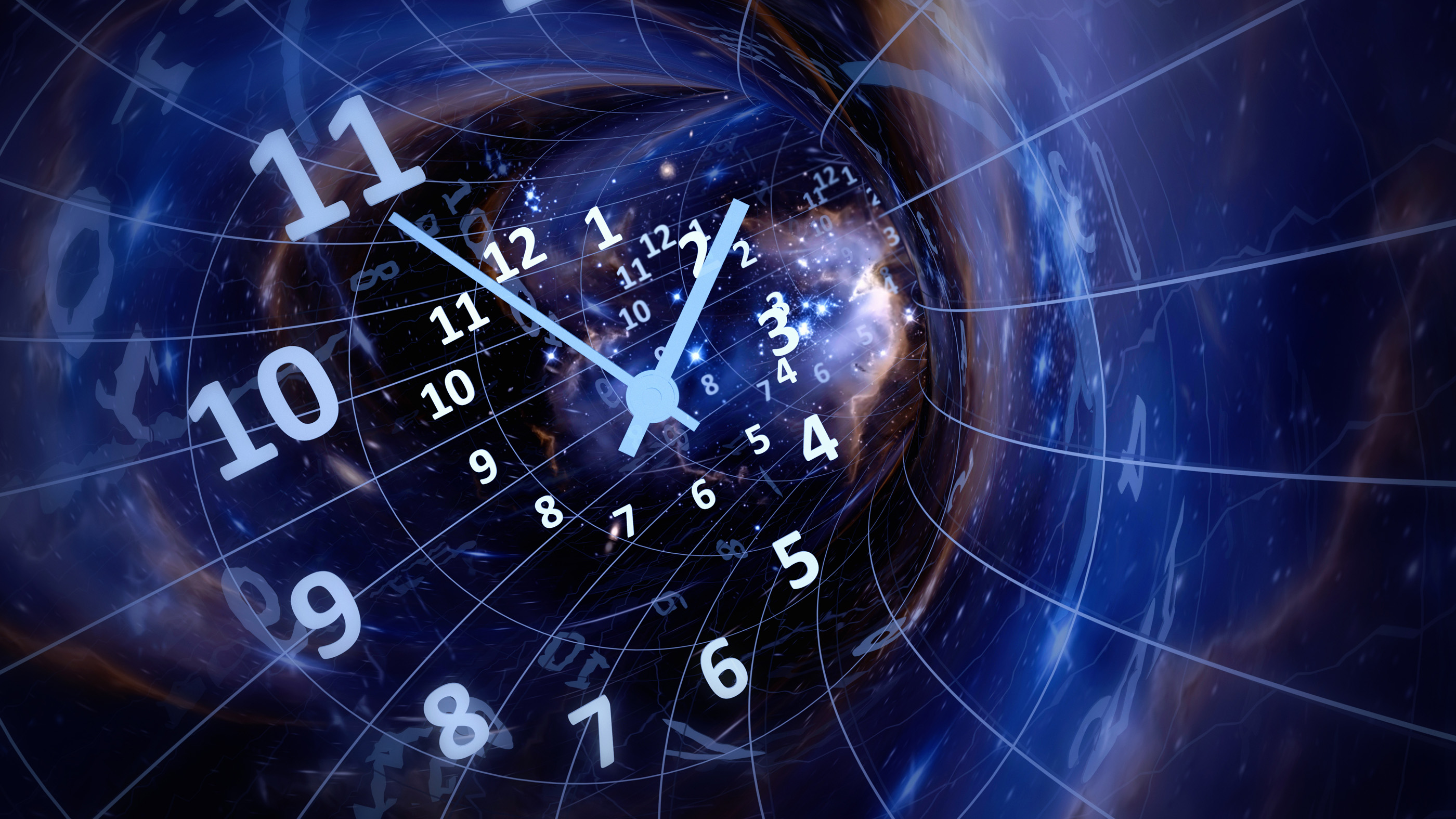
The concept of a time machine is one of the great sci-fi plot devices, allowing characters to go back and change the course of history — for better or worse. But this inevitably raises logical paradoxes. In "Back to the Future," for example, would Doc have built his time machine if he hadn't been visited by the future Marty using that very same machine? It's because of paradoxes like these that many people assume time travel must be impossible in the real world — and yet, according to the laws of physics, it really can occur.
Just like with wormholes and space warps, the physics that tells us it's possible to travel back in time comes from Einstein's theory of general relativity. This treats space and time as part of the same "space-time" continuum, with the two being inextricably linked. Just as we talk about distorting space with a wormhole or warp drive, time can be distorted as well. Sometimes it can get so distorted that it folds back on itself, in what scientists refer to as a "closed timelike curve" — though it could just as accurately be called a time machine.
A conceptual design for such a time machine was published in 1974 by physicist Frank Tipler, according to physicist David Lewis Anderson, who describes the research on the Anderson Institute, a private research lab. Called a Tipler cylinder, it has to be big — at least 60 miles (97 kilometers) long, according to Humble — and extremely dense, with a total mass comparable to that of the sun. To get it to function as a time machine, the cylinder has to rotate fast enough to distort space-time to the point where time folds back on itself. It may not sound as simple as installing a flux capacitor in a DeLorean, but it does have the advantage that it really would work — on paper, at least.
Teleportation
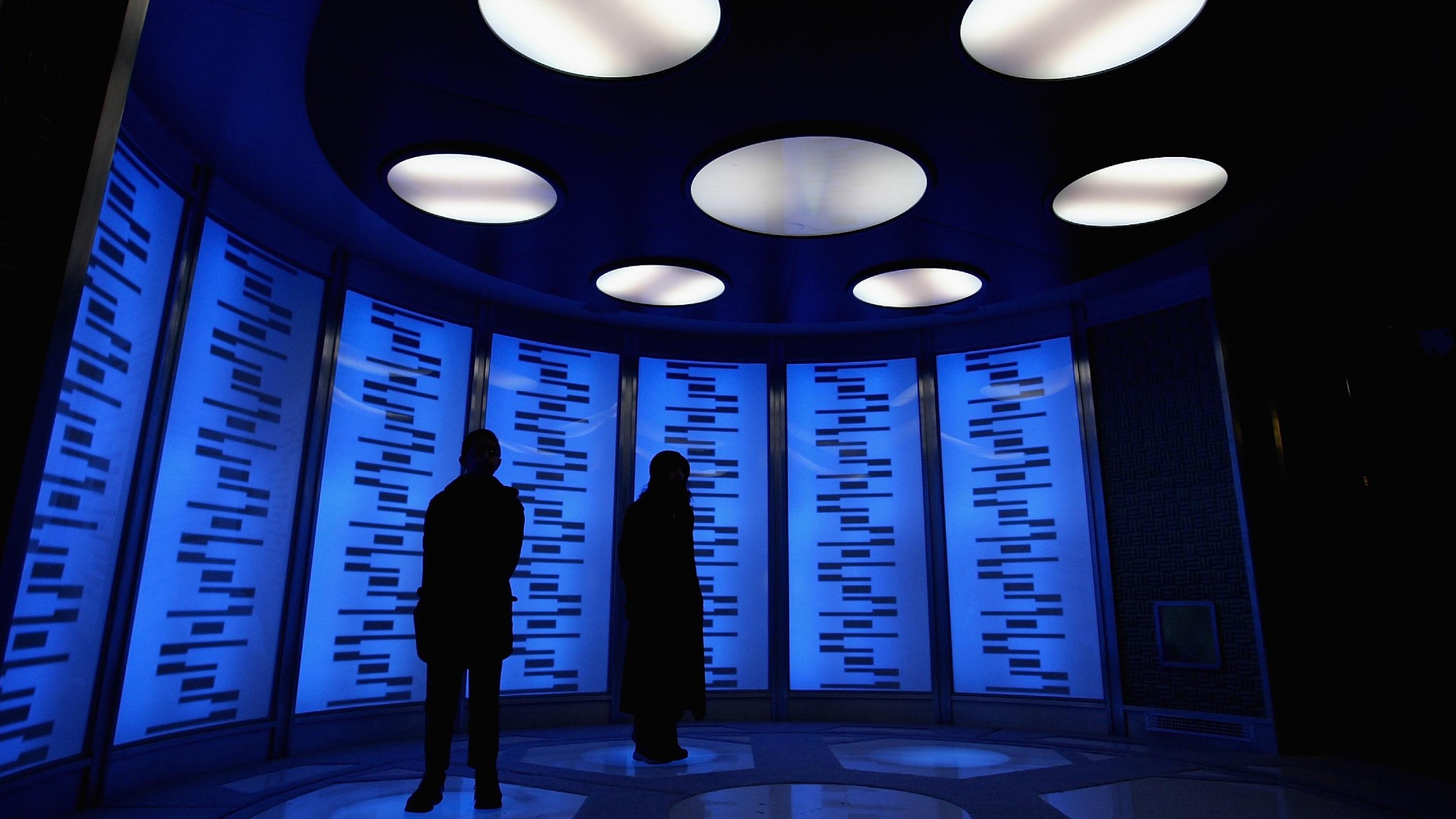
The archetypal sci-fi example of teleportation is the "Star Trek" transporter, which, as the name suggests, is portrayed simply as a convenient way to transport personnel from one location to another. But teleportation is quite unlike any other form of transport: Instead of the traveler moving through space from the starting point to the destination, teleportation results in an exact duplicate being created at the destination while the original is destroyed. Viewed in these terms — and at the level of subatomic particles rather than human beings — teleportation is indeed possible, according to IBM.
The real-world process is called quantum teleportation. This process copies the precise quantum state of one particle, such as a photon, to another that may be hundreds of miles away. Quantum teleportation destroys the quantum state of the first photon, so it does indeed look as though the photon has been magically transported from one place to another. The trick is based on what Einstein referred to as "spooky action at a distance," but is more formally known as quantum entanglement. If the photon that is to be "teleported" is brought into contact with one of a pair of entangled photons, and a measurement of the resulting state is sent to the receiving end — where the other entangled photon is — then the latter photon can be switched into the same state as the teleported photon.
It's a complicated process even for a single photon, and there's no way it could be scaled up to the kind of instant-transportation system seen in "Star Trek." Even so, quantum teleportation does have important applications in the real world, such as for hack-proof communications and super-fast quantum computing.
Parallel universes
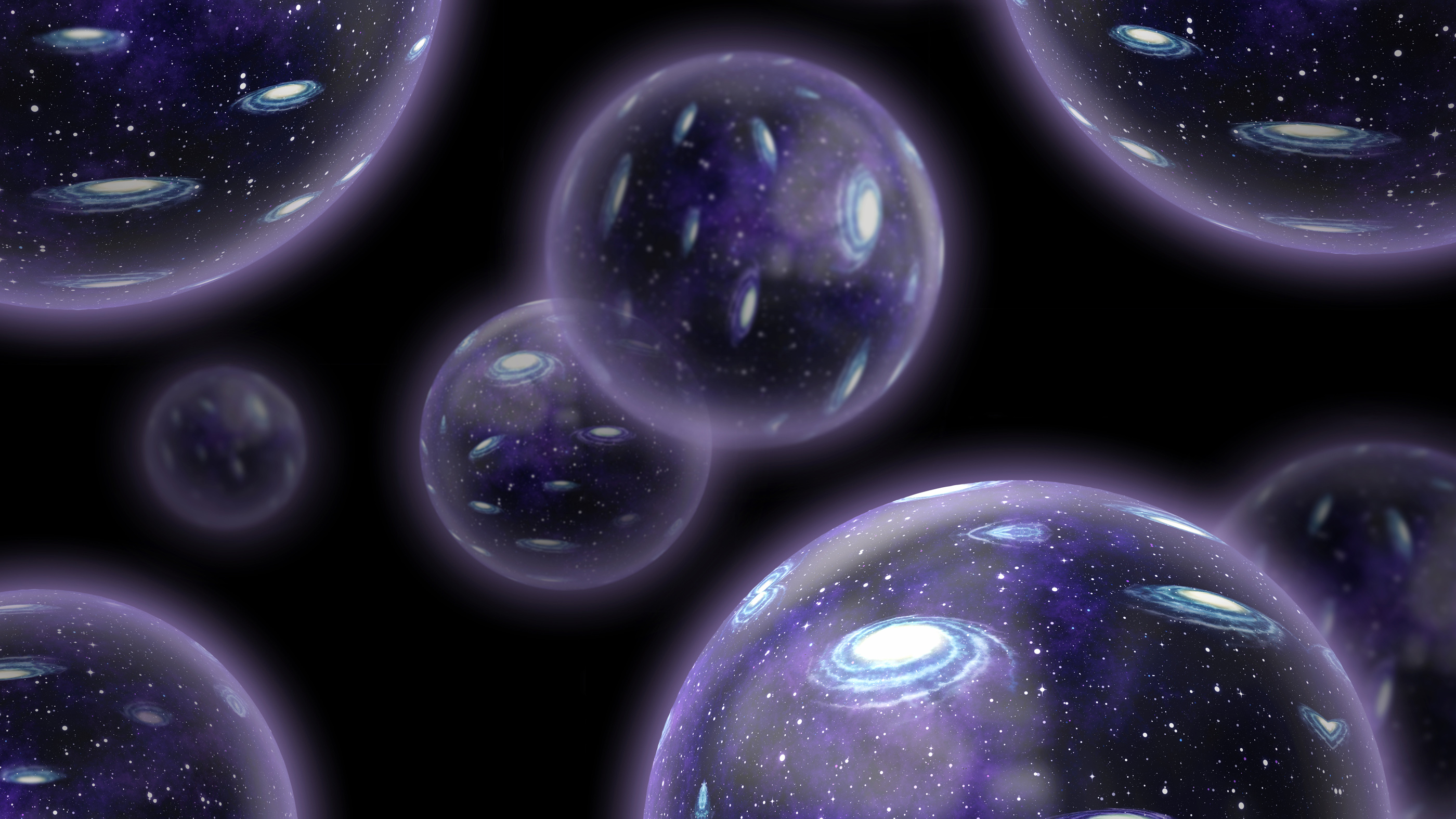
The universe is everything our telescopes reveal to us — all the billions of galaxies expanding outward from the Big Bang. But is that all there is? Theory says maybe not: There might be a whole multiverse of universes out there. The idea of "parallel universes" is another familiar sci-fi theme, but when they're depicted on screen they typically differ from our own universe only in minor details. But the reality may be much weirder than that, with the basic parameters of physics in a parallel universe — such as the strength of gravity or nuclear forces — differing from our own. A classic portrayal of a genuinely different universe of this kind, and the creatures living in it, is Isaac Asimov's novel "The Gods Themselves" (Doubleday: 1972).
The key to the modern understanding of parallel universes is the concept of "eternal inflation." This pictures the infinite fabric of space in a state of perpetual, incredibly rapid expansion. Every now and then a localized spot in this space — a self-contained Big Bang — drops out of the general expansion and begins to grow at a more sedate pace, allowing material objects like stars and galaxies to form inside it. According to this theory, our universe is one such region, but there may be countless others.
As in Asimov's story, these parallel universes could have completely different physical parameters from our own. At one time scientists believed that only universes with virtually the same parameters as ours would be capable of supporting life, but recent studies suggest the situation may not be as restrictive as this, Live Science previously reported. So there's hope for Asimov's aliens yet — though perhaps not for making contact with them, as happens in the novel. Nevertheless, the traces of other universes might be detectable to us by other means. It's even been suggested that the mysterious "cold spot" in the cosmic microwave background is the scar from a collision with a parallel universe, Ivan Baldry, a professor of astrophysics at Liverpool John Moores University in the U.K. wrote in The Conversation.
Originally published on Live Science.
Join our Space Forums to keep talking space on the latest missions, night sky and more! And if you have a news tip, correction or comment, let us know at: community@space.com.
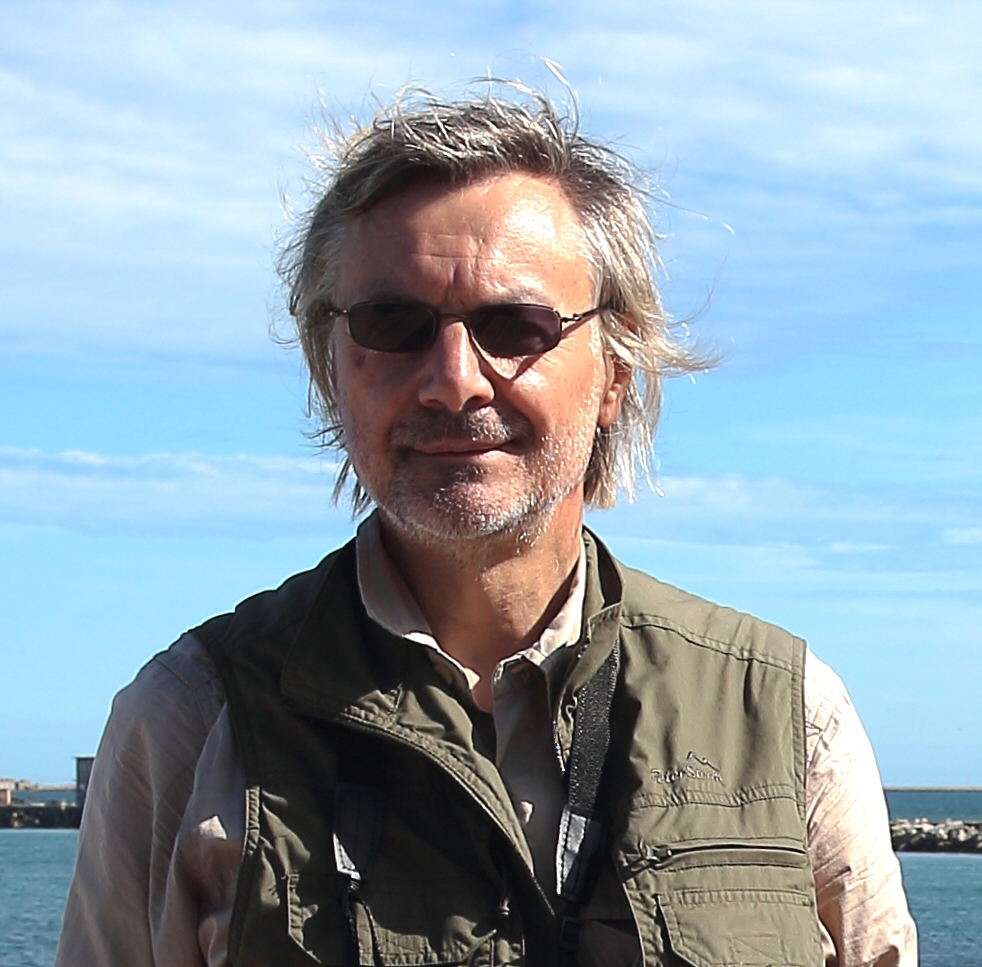
Andrew May holds a Ph.D. in astrophysics from Manchester University, U.K. For 30 years, he worked in the academic, government and private sectors, before becoming a science writer where he has written for Fortean Times, How It Works, All About Space, BBC Science Focus, among others. He has also written a selection of books including Cosmic Impact and Astrobiology: The Search for Life Elsewhere in the Universe, published by Icon Books.










